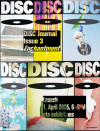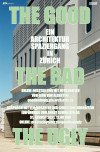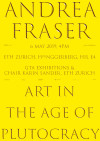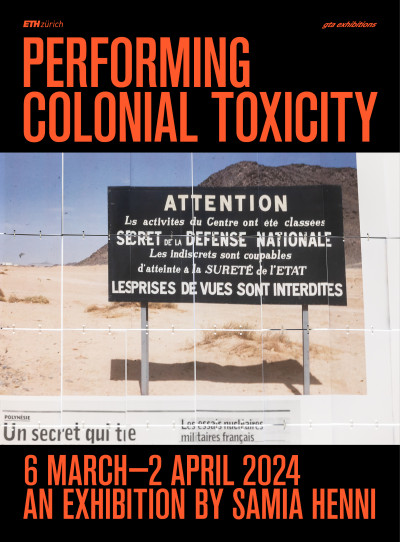
Performing Colonial Toxicity:
An Exhibition by Samia Henni
6 March – 2 April 2024
Opening: 5 March, 6pm. Guided tour with Samia Henni at 5:30 pm
ETH Zürich, Hönggerberg, Foyer
gta exhibitions presents Performing Colonial Toxicity by Samia Henni, visiting professor at gta Institute. The exhibition sheds light on the redacted history of French nuclear colonialism in the Algerian Sahara and draws attention to the urgency of reckoning with this history and its lived environmental and sociopolitical impacts. It was produced by Framer Framed, Amsterdam, in collaboration with If I Can’t Dance, I Don’t Want To Be Part Of Your Revolution, Amsterdam.
Between 1960 and 1966, the French colonial regime detonated four atmospheric atomic bombs, thirteen underground nuclear bombs and conducted other nuclear experiments in the Algerian Sahara, whose natural resources were being extracted in the process. This secret nuclear weapons programme occurred during and after the Algerian Revolution, or the Algerian War of Independence (1954–62). The resulting toxification of the Sahara spread radioactive fallout across Algeria, North, Central and West Africa, and the Mediterranean (including Southern Europe), causing irreversible and still ongoing contaminations of living bodies, cells and particles, as well as in the natural and built environments. Because the archives of the French nuclear programme remain closed over fifty years later, historical details and continuing impacts remain largely unknown.
The exhibition Performing Colonial Toxicity presents available, offered, contraband and leaked materials from these archives in an immersive multimedia installation. It creates with them a series of audio-visual assemblages, which trace the spatial, atmospheric, and geological impacts of France’s atomic bombs in the Sahara, as well as its colonial vocabularies, and the (after)lives of its radioactive debris and “stations”, as Henni refers to them, are meant to be moved through and engaged with. Visitors are invited in to draw their own connections between what is present in the installation, as well as what is absent from it.
Experimenting with different methods of spatialising and circulating suppressed information, the project’s three-part structure constitutes a powerful call to action to open the still-classified archives and to clean/decontaminate the sites: both crucial steps for exposing the pasts, presents and futures of colonial toxicity. The exhibition emerges from a broader research project, which also includes an open access digital database entitled The Testimony Translation Project, and the publication Colonial Toxicity: Rehearsing French Radioactive Architecture and Landscape in the Sahara. This publication brings together nearly six hundred pages of materials documenting this violent history of France’s nuclear bomb programme in the Algerian desert. Meticulously culled together by the architectural historian Samia Henni from across available, offered, contraband, and leaked sources, the book is a rich repository for all those concerned with histories of nuclear weapons and engaged at the intersections of spatial, social and environmental justice, as well as anticolonial archival practices.
Credits
Performing Colonial Toxicity is a co-production of Framer Framed and If I Can’t Dance, I Don’t Want To Be Part Of Your Revolution. The project was supported by Swiss Arts Council Pro Helvetia.
Special thanks to the Observatoire des armements, Centre de documentation et de recherche sur la paix et les conflits; the Établissement de communication et de production audiovisuelle de la Défense (ECPAD); and to filmmakers Élisabeth Leuvrey and Larbi Benchiha with producer Farid Rezkallah for use of images and film excerpts in the exhibition; as well as to Prof. Dr. Roxanne Panchasi, Simon Fraser University for her support for the Tamasheq-to-French translation of Algerian testimonies.
The exhibition is part of the two-year research project “Performing Colonial Toxicity”, commissioned by If I Can’t Dance, I Don’t Want To Be Part Of Your Revolution within the frame of Edition IX – Bodies and Technologies (2022–23). If I Can’t Dance is financially supported by the Mondriaan Fund, Amsterdam fonds voor de kunst, Ammodo and Prins Bernhard Cultuurfonds.
Acknowledgements
Samia Henni would like to extend her most sincere gratitude to Patrice Bouveret and the collaborators and partners of the Observatoire des armements; Larbi Benchiha; Bruno Hadjih; Elisabeth Leuvrey; Farid Rezkallah; as well as to Fredi Fischli, Niels Olsen, Mina Hava, Elena Geser, Margaux Koch Goei, Nora Hochuli, Noé Lafranchi, Lauro Nächt, Olin Petzold, the team of gta exhibitions; Frédérique Bergholtz, Megan Hoetger, the extended If I Can’t Dance team; Cas Bool, Ashley Maum, Jean Medina, Josien Pieterse, Stefan Wharton, the extended team of Framer Framed; and Swiss Art Council’s Pro Helvetia Foundation for their support of the project.
Deep thanks also go to the interviewees who have generously accepted to share their expertise and experience, including: Larbi Benchiha, Patrice Bouveret, Roland Desbordes, Bruno Hadjih, Gabrielle Hecht, Penelope Harvey, Jill Jarvis, and Roxanne Panchasi, as well as the translator-participants who have committed their time to translating Henni’s selection of testimonies, including: Raoul Audouin, Adel Ben Bella, Omar Berrada, Megan Brown, Séverine Chapelle, Simona Dvorák, Hanieh Fatouree, Alessandro Felicioli, Anik Fournier, Jill Jarvis, Augustin Jomier, Timothy Scott Johnson, Anna Jayne Kimmel, Corentin Lécine, Natasha Llorens, Miriam Matthiesen, Martine Neddam, M’hamed Oualdi, Roxanne Panchasi, and Alice Rougeaux.
And, finally, much appreciation to Marley Jaeda Barnes, Amina Belghiti, Samuel Fuchs, Floriane Germain, François Girard-Meunier, Maxime Groslambert, Pamela Hampton Hunsinger, Megan Gail Mueller, Caroline Ann O’Donnell, Roxanne Panchasi, Georg Rutishauser, Sabine Sarwa, Pascal Schwaighofer, Philip Ursprung, Oliver Wyss, Meejin Yoon, and all those who have over the years contributed to the development of this research and who asked to remain anonymous.
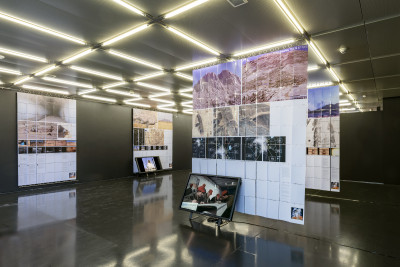


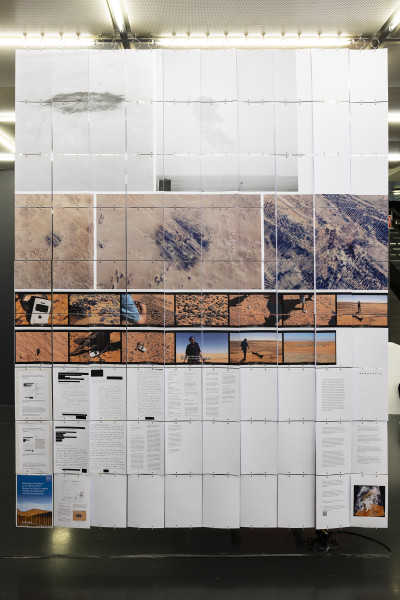
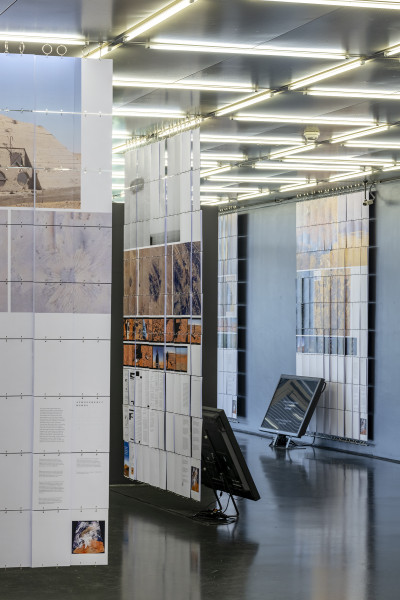


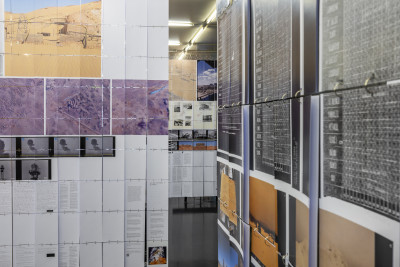
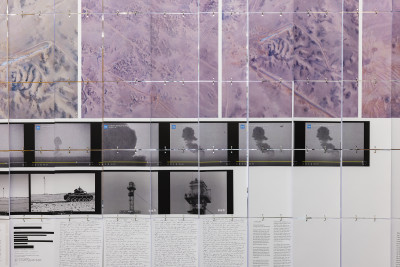
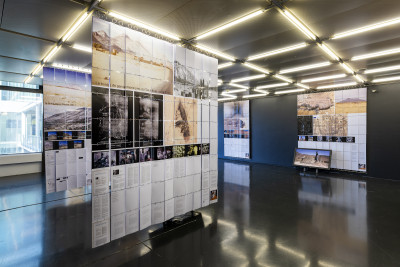
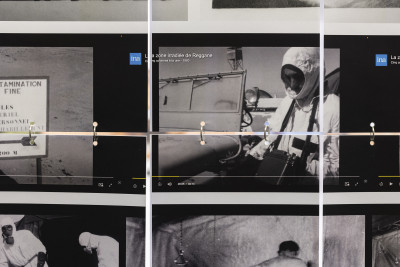
Images: Nelly Rodriguez

